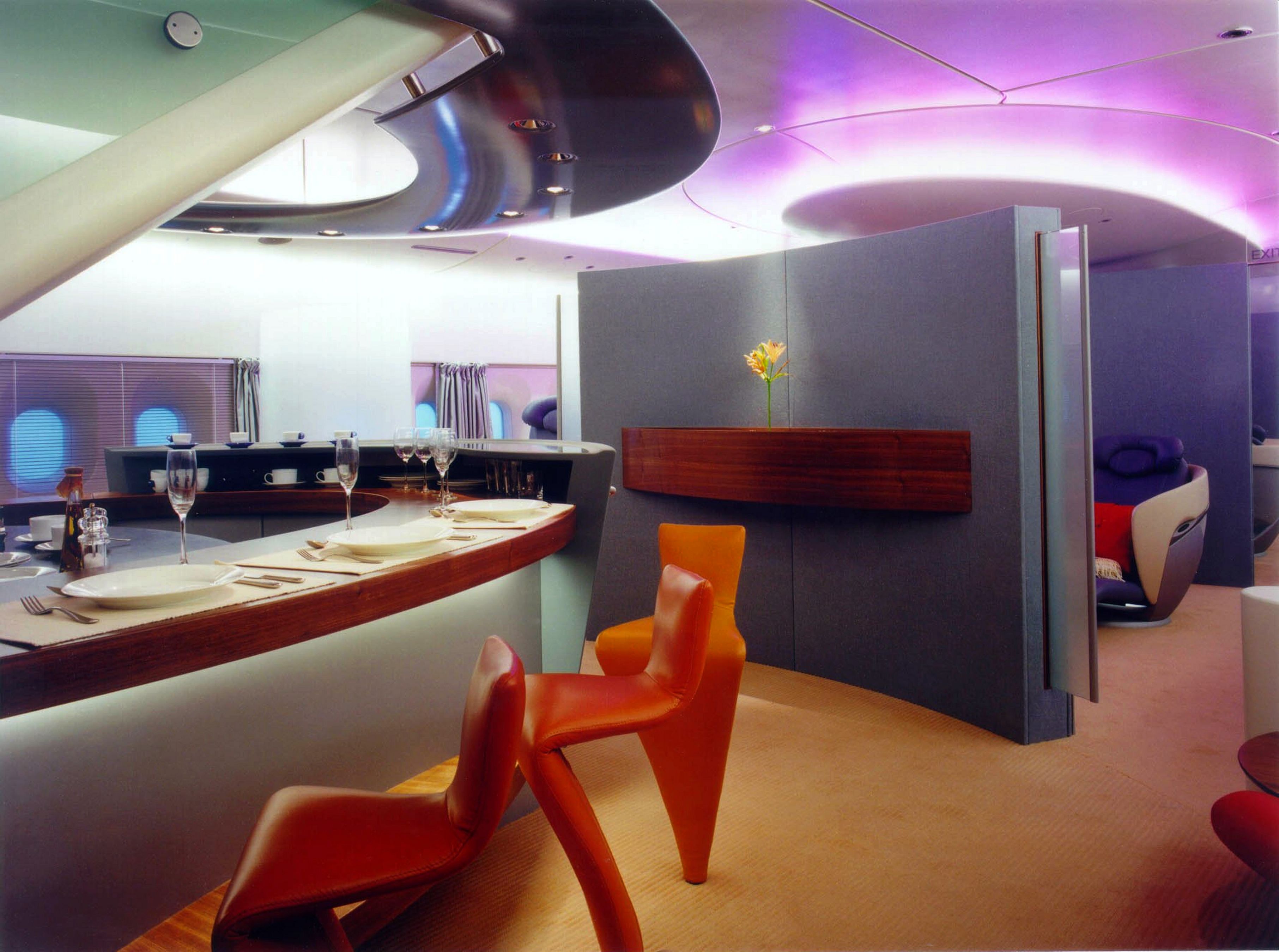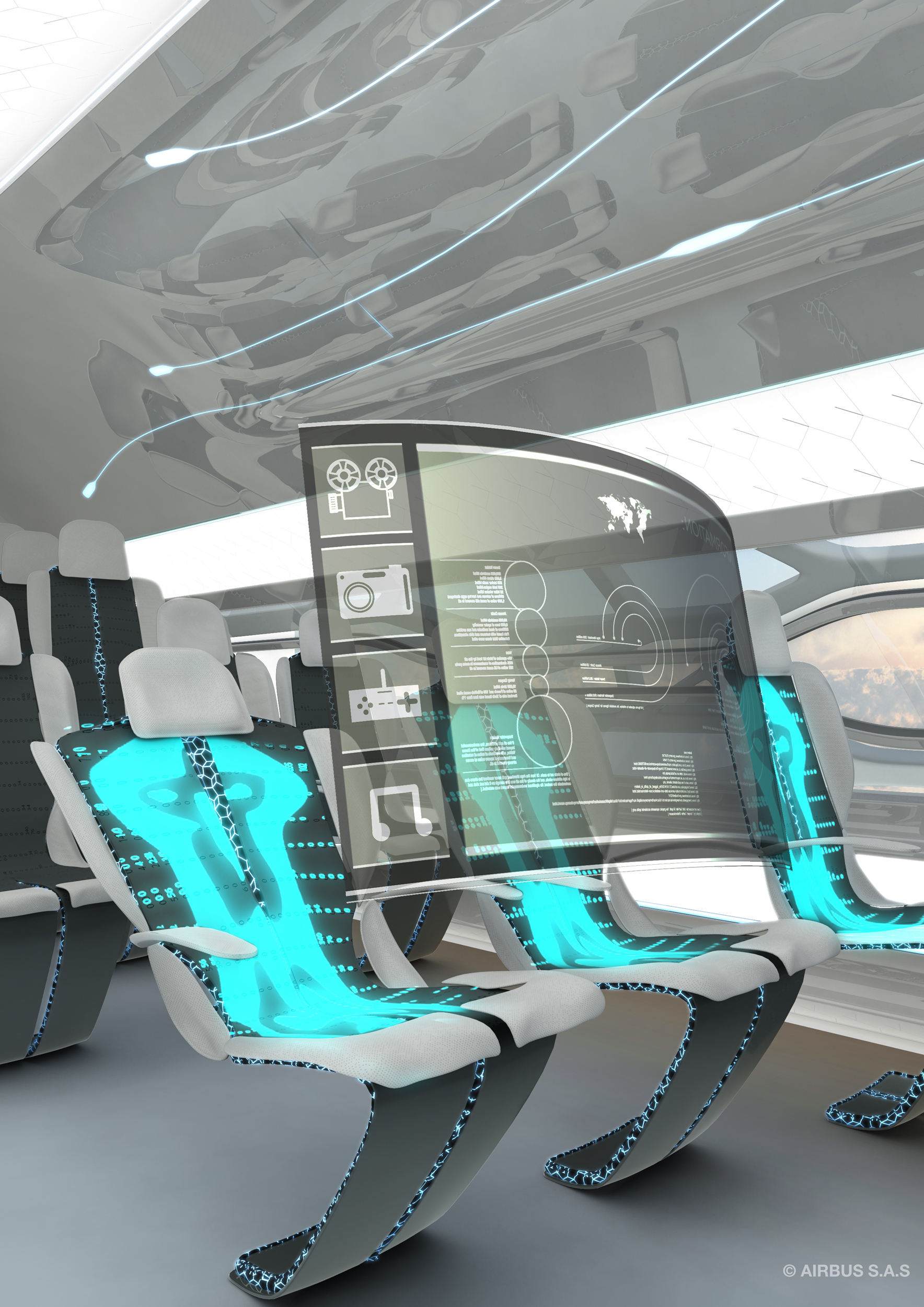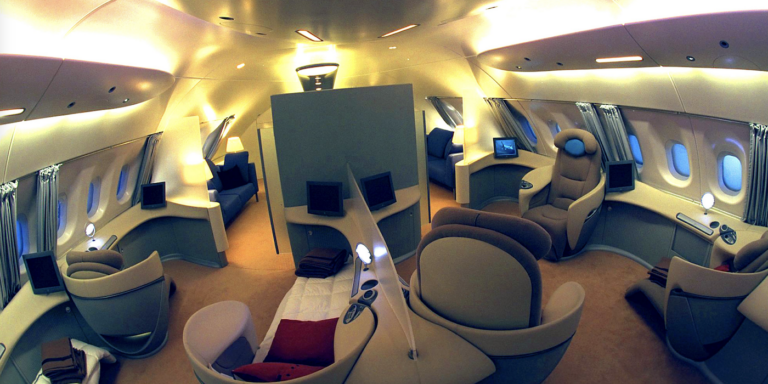Over the past 20 years, Airbus’s vice president of cabin marketing, Ingo Wuggetzer, has gained airline and OEM experience in operations and cabin design, with perspectives gained from Lufthansa and Airbus. We asked him to share his views of the key design milestones over the past 20 years, and what we might expect from the future.
“I would say that industrial design in the cabin has changed a lot over the past 20 years,” he says. “For me, what is clearly marked over that period is a very positive upward trend. We always sought continuous improvement, with the aim of delivering a lot of value to the cabin in several ways.”
Perhaps the most notable change, Wuggetzer suggests, is a shift from utilitarian design in the cabin, to more customer-centric design.
“Earlier we saw a more industrial era design, which was mostly driven by safety and engineering solutions,” he says. “Ten years ago, design agencies really started to come into the picture. We had a clear change, in terms of product design that looked a lot different from before. We also had a change in terms of long-term history, coming from a passenger revenue focus to a passenger experience focus. I think that was the big change overall.”

While there have been periods of creative freedom during previous generations of travel – what many refer to as the ‘Golden Age’ of flight – Wuggetzer differentiates the most recent design revolution as delivering on domesticity and comfort, making the aircraft cabin feel and deliver an experience of equal comfort to being at home on the ground. That has been achieved, he says, thanks to the contributions of design specialists who bring outside perspectives. Advances in technology have also played an important role.
“This passenger experience focus was definitely supported by great industrial design; new agencies that really put design learnings on the ground into the aircraft,” Wuggetzer says. “We had big changes in comfort services, especially when you consider IFE and connectivity. If you remember, we had these big pneumatic IFE headsets, and now you have noise-cancelling headsets and perfect quality surround sound. We now have big IFE screens with full HD quality, and with connectivity passengers can enjoy all the online services that they are used to on the ground.”
Milestones
Airbus has achieved some considerable milestones over the past 20 years, but Wuggetzer believes that the A380 has delivered the most important change to aircraft architecture.
“Clearly, one big unique update to cabin architecture history was the double-decker A380, which is still unique and hard to top because it offers unique comfort levels in terms of width of space and in terms of the quietness of the cabin. It’s a product architecture that is really enjoyed by passengers,” he says.
Airbus statistics consistently show a passenger preference for the aircraft, even if airlines are shying away from super-sized airplanes.
“I think in the beginning people were thinking, ‘What is this big aircraft?’ However, if they board on both levels, people don’t even feel that size. They only reflect on the positive onboard experience, and I think it’s the best value you can get when flying in economy class,” he says.
“I think it is an excellent cabin. The environment in the cabins is what we want: lots of space. We love space. It’s a perfect cabin situation.”
All that space in the A380 opened up a host of creative design opportunities, and many airlines pushed the boundaries of the passenger experience. Those ambitious projects also came with demands to deliver new products and new service options.

“There were high expectations, which was to be expected for this size of aircraft and the routes they operate,” Wuggetzer says. “It’s a flagship aircraft operating between the biggest city pairs where you have the most demand for the ultimate passenger experiences. We therefore have quite elaborate customization options.”
While the options are elaborate, Wuggetzer acknowledges that some of the initial cabin concepts were a bit off the mark.
“The problem, in the beginning, was that people expected to have swimming pools and tennis courts on the aircraft. Of course, that is not what happened in the end,” he says. “But the aircraft offers more opportunities and possibilities than any other, in terms of segmentation. We have seen aircraft design ideas with up to six different classes. This reflects a trend for more individual travel, and the A380 offers more choices for passengers. You can have everything from a very efficient low-cost product up to a super-first-class, like The Residence by Etihad.”
Favourites?
Having worked on so many cabins over the years, we ask Wuggetzer whether he has a favourite. He answers us candidly.
“I’m very biased, you know. I designed one myself for Lufthansa, which I liked very much. It was the A340-600, a very long and very elegant cabin. We created a very contemporary feel,” he says. “If I look at more recent programs, for me, the outstanding one is the Airspace cabin. Its DNA, its ambience, the service design and comfort… all of those are elements that we can now apply across other programs. To me, that is achieving the next level. It truly has the best features and the best potential advantages for the passenger experience, and it will be available across all aircraft programs.”
Challenges?
Satisfying the needs of a diverse mix of customers can be challenging. We ask Wuggetzer whether he can think of any particularly challenging customers he’d like to mention. He sets us straight.
“Airline programs are not difficult. They are always fun, especially if you sell aircraft at the end,” he quips. “Of course, there are always a lot of challenges with the very customized solutions that you want to create for airlines. There are all kinds of challenges. I remember when we were asked to create the atmosphere of the Middle East sky using star lights overhead, which we did for Emirates.”
To Wuggetzer, these challenges are the fibre of success. But the past 20 years have also delivered some considerable shocks to the airline industry. We wondered whether any of these events restricted creativity and design innovation. Wuggetzer doesn’t believe they have limited design, although they may have shifted the focus of innovation.
“What impacted everyone was 9/11. I think the whole world was shocked about the attacks and that really affected people, but in the long run it didn’t stop people from travelling. Travel is something we need for globalization, and it is generally a positive thing for everybody. So 9/11 did not stop our cabin design work. It had no effect other than we increased our safety focus in terms of cockpit doors and systems protection: security features that help passengers travel in safety.
“However, the business class market did suffer after the financial crisis, and that had an impact. It may have contributed to the market growth of premium economy. Some people who previously flew business were challenged about their travel costs, and that may have created a difference in demand.”
Future design tools
Asked what materials advances hold the most promise for design over the next 20 years, Wuggetzer does not hesitate to answer.
“We have always dealt with composites, so we have great experience with them. I think we’ve applied that experience in a perfect way on the A350, ramping it up to deliver the aircraft to market on time, without any problems. Clearly composites are part of the future, and we find them more and more in the cabin,” he says.

“For me, 3D printing will be revolutionary, and that might involve different materials such as plastic casting, or metal 3D printing. That is something that I believe strongly will take off – especially for interiors parts – because it makes customization easy. You can create really weight-efficient solutions, which will bring the cabin elements to the next level.”
The long view
And what of some of Airbus’s more ambitious concepts, such as the Concept Cabin with its organic lines and transparent ceilings? Will we really get that feeling of our seats flying through the skies?
“Absolutely. The translucent outer-structure may not be with us 20 years from now, but the vision was 2050, so we have an extra 10 years to achieve that one,” Wuggetzer says.
However, he adds a more achievable target as an interim milestone. “In order to get there, the next step is to use new technology, like projection or OLED, or whatever new technology comes up, to create that perception of the view outside. It’s what we would call an ‘artificial outside view’. In terms of passenger experience, it might be quite realistic and you may forget that it’s not real. This is technically something that we can do within the next 10 years.”





